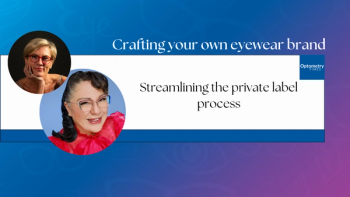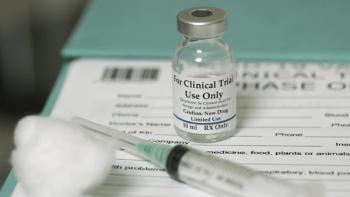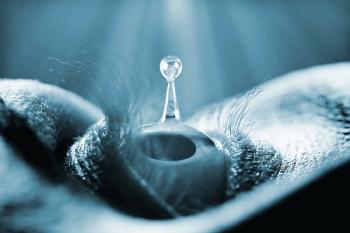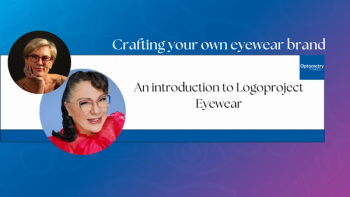
The past, present, and future of contact lenses
During the Contact Lens Global Forum, a partnership between Vision Expo East and the British Contact Lens Association, Mile Brujic, OD, Nick Rumney, MScO, FCO, FAAO, and Lyndon Jones, PhD, FCOptom, DipCLP, DipOrth, explored where contact lenses have been and where they’re going.
New York City-During the Contact Lens Global Forum, a partnership between
While the contact lenses started out made of glass in the 1800s, says Dr. Brujic, lens technology evolved greatly over the last half of the 20th century. Soft plastics were used beginning in 1958, and by the 1970s, there was the introduction of Bausch + Lomb’s Soflens and gas permeable lenses. By 1987, Johnson & Johnson had introduced the disposable lens, and less than a decade later, the company introduced the daily disposable.
Today, the contact lens market has evolved to have options for a variety of needs, yet dropouts remain high. Dr. Rumney says that eyecare practitioners (ECPs) must be enthusiastic and open to experiences with all of the available contact lens options.
Dr. Jones gave a glimpse into the not-so-distant future with a look at emerging contact lens technology, citing devices like the
Other emerging contact lens technology includes lenses that can monitor glucose levels, simplifying testing for the hundreds of millions of diabetics worldwide. Lenses may one day be used to monitor cancer, as lacryglobin is elevated in human tears in patients with breast, colon, lung, prostate, and ovarian cancers, and a lens could be developed to sense the biomarker. Contact lenses are also being investigated as a means to administer drugs.
Newsletter
Want more insights like this? Subscribe to Optometry Times and get clinical pearls and practice tips delivered straight to your inbox.













































.png)


